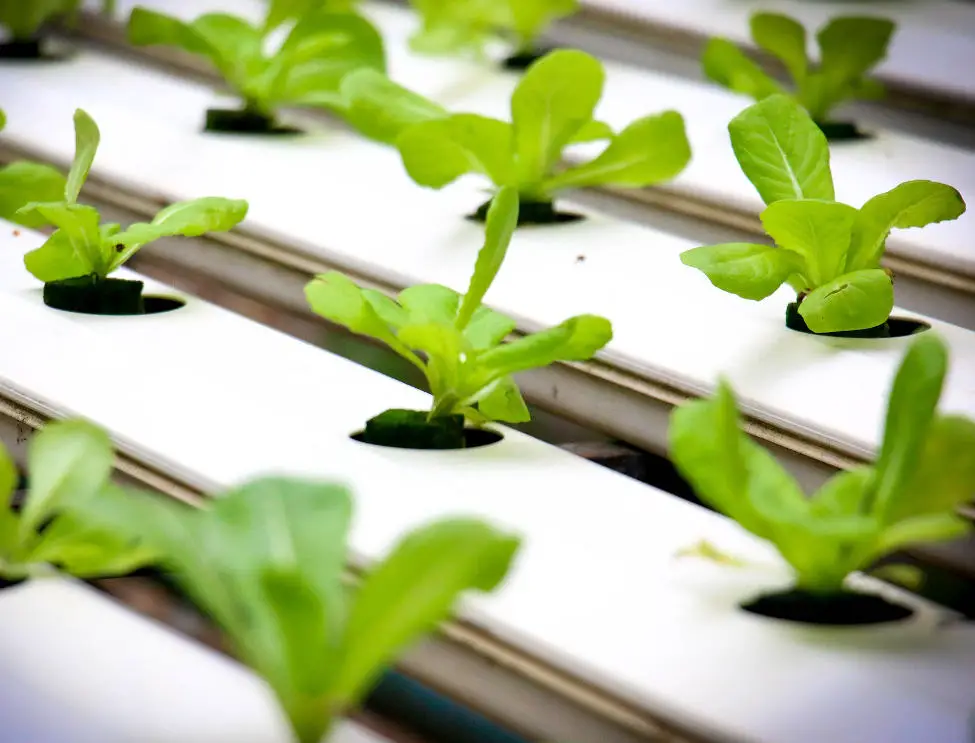Embracing the Future of Cultivation
In the realm of gardening, innovation knows no bounds. Hydroponic gardening stands as a testament to this, offering a soil-less solution that challenges traditional methods. In this guide, we’ll dig into the world of hydroponic gardening, demystifying its principles and exploring how it opens up new possibilities for cultivating a wide array of plants.
Understanding Hydroponics: The Basics
Breaking Down Hydroponics:
- Hydroponics is a method of growing plants without soil.
- Nutrients are directly delivered to plant roots through water solutions.
Hydroponics, at its core, is a revolutionary method of cultivating plants without relying on soil. Instead, nutrient-rich water solutions directly deliver essential elements to plant roots. This departure from traditional soil-based gardening offers numerous advantages, creating a dynamic and efficient approach to plant growth.
The Four Pillars of Hydroponic Gardening
Essential Components:
- Growing medium.
- Nutrient solution.
- Water and oxygen supply.
- Light source.
Hydroponic systems rest on four fundamental components. A suitable growing medium replaces soil, providing support for plant roots. Nutrient solutions contain essential elements required for plant growth. A consistent supply of water and oxygen ensures optimal conditions, while a reliable light source stimulates photosynthesis. Together, these components form the backbone of successful hydroponic gardening.
Types of Hydroponic Systems: Diving Deeper
Exploring Hydroponic Varieties:
- Nutrient Film Technique (NFT).
- Deep Water Culture (DWC).
- Aeroponics.
- Ebb and Flow (Flood and Drain).
- Drip System.
Hydroponic gardening comes in various systems, each with its unique features. Nutrient Film Technique involves a thin film of nutrient-rich water flowing over plant roots. Deep Water Culture suspends plant roots in oxygenated water. Aeroponics mists nutrient solutions onto roots suspended in the air. Ebb and Flow periodically floods and drains the root zone, while Drip Systems delivers nutrients through a network of tubes. Choosing the right system depends on factors like space, budget, and the types of plants you intend to grow.
Advantages of Hydroponic Gardening: A Greener Perspective
Unveiling the Benefits:
- Faster plant growth and higher yields.
- Water conservation.
- Precise nutrient control.
- Space efficiency.
Hydroponic gardening brings a multitude of benefits to the table. Plants often grow faster and yield more abundantly compared to traditional methods. It is also a water-efficient technique, using significantly less water than soil-based cultivation. Precise control over nutrient solutions allows for optimal plant nutrition, and the space-efficient nature of hydroponic systems makes them suitable for urban environments and small spaces.
Challenges and Considerations: Navigating the Waters
Overcoming Challenges:
- Initial setup costs.
- Learning curve for beginners.
- Reliance on electricity.
- System maintenance.
While hydroponic gardening offers many advantages, it’s important to be aware of potential challenges. The initial setup can involve higher costs compared to traditional gardening, and there is a learning curve for beginners. Hydroponic systems also rely on electricity for pumps and lighting, and regular maintenance is crucial for sustained success.
What Can You Grow Hydroponically?
Cultivating Diversity:
- Leafy greens (lettuce, spinach).
- Herbs (basil, cilantro).
- Tomatoes.
- Strawberries.
- Peppers.
Hydroponic gardening is incredibly versatile, supporting the growth of various plants. Leafy greens like lettuce and spinach, herbs such as basil and cilantro, tomatoes, strawberries, and peppers are just a few examples of what can thrive in hydroponic systems. The controlled environment allows for year-round cultivation and experimentation with a wide range of crops.
Starting Your Hydroponic Journey: A Step-by-Step Guide
Getting Your Hands Wet:
- Research and education.
- Choose a suitable hydroponic system.
- Gather essential equipment.
- Set up your hydroponic garden.
- Monitor and adjust.
Embarking on a hydroponic journey requires careful planning. Start by researching and educating yourself on hydroponic principles. Choose a system that aligns with your goals and available space. Gather essential equipment, set up your hydroponic garden, and consistently monitor and adjust environmental variables to ensure optimal plant growth.
Nurturing Growth Without Boundaries
Hydroponic gardening transcends the limitations of traditional cultivation methods, offering a dynamic and efficient way to grow plants. By understanding the basics, exploring different systems, and embracing the challenges, you open the door to a world where plants thrive without the constraints of soil. Whether you’re a seasoned gardener or a curious beginner, hydroponic gardening invites you to cultivate a greener future and nurture growth without boundaries.
